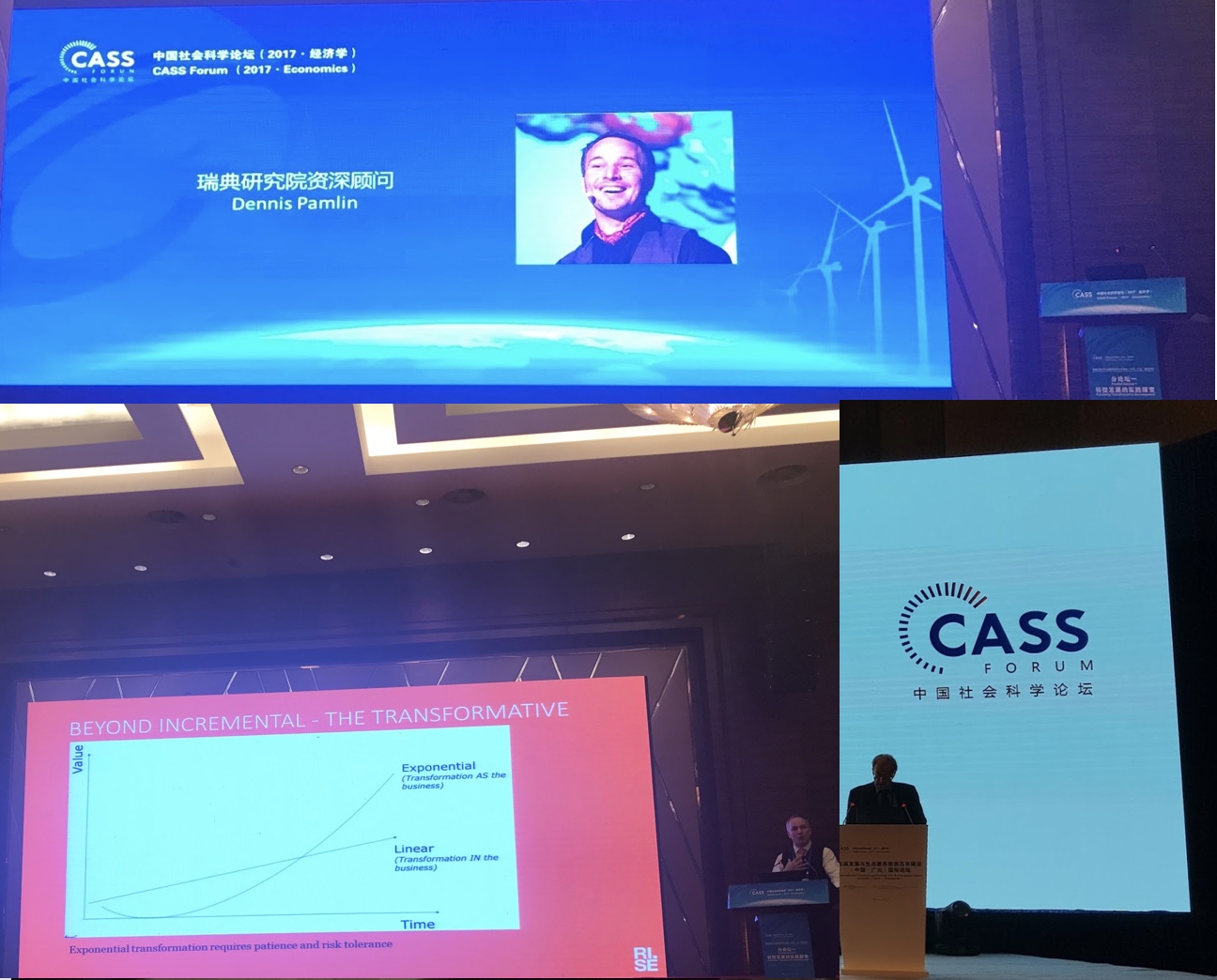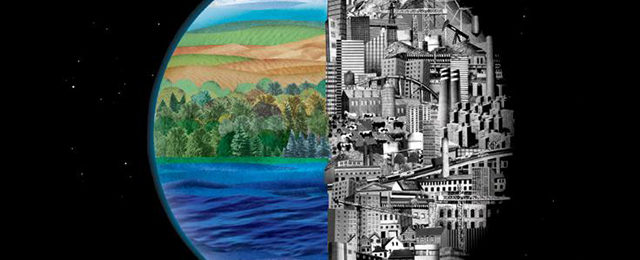Stephen Hawking is a well known icon for science, but I think he is less known for his wisdom. Hopefully this book will change this. He has been a supporter of so many of the most important issues of our time, bringing wisdom and guidance to everything from space exploration and the question of God to the existential threats facing humanity and the nature of intelligence.
The book provides insights into a number of the grand scientific challenges of today when it comes to astrophysics, particle physics, and genetics. The focus is obviously astronomy, with emphasis on Hawking's work on Black Holes. He explores fundamental questions such as "how did it all begin", "what is inside a Black Hole", "is time travel possible", and "if there is other intelligent life in the Universe".
He does not shy away from difficult issues, but he does not go into details (my only significant frustration with the book is that I think it should have benefited from a "further reading" part. It does have an overview of Hawking's other books, but I would have linked to know what books Hawking would have recommended in the areas he covers in the book). This is however a small gripe with a book that is very short, and might possible best be read when each chapter can be discussed. My own bullet points where almost as long as the chapters.
For someone who have spent time working with existential threats, i.e. those that threaten the very existence of our survival, it is refreshing to read someone who is bringing those to the forefront and also challenges us with some fundamental questions.
Hawking manages does what anyone who is intellectually honest should do. He clarifies some basic facts, such as "We now have the technological power to destroy every living creature on Earth."
He then provides some context for this situation, such as "Aggression, in the form of subjugating or killing other men and taking their women and food, has had definite survival advantage up to the present time. But now it could destroy the entire human race and much of the rest of life on Earth. A nuclear war is still the most immediate danger, but there are others, such as the release of a genetically engineered virus. Or the greenhouse effect becoming unstable."
Instead of concluding in a doom and gloom scenario he brings in fundamental issues that are seldom discussed, such as "It is not even clear that intelligence has any long-term survival value. Bacteria, and other single-cell organisms, may live on if all other life on Earth is wiped out by our actions. Perhaps intelligence was an unlikely development for life on Earth, from the chronology of evolution, as it took a very long time—two and a half billion years—to go from single cells to multi-cellular beings, which are a necessary precursor to intelligence.".
He is also honest when he is making value judgments and not stating facts such as "The Earth is under threat from so many areas that it is difficult for me to be positive. The threats are too big and too numerous.". This is great as it provides us we a platform for further discussions. This who say that the facts indicate that we are moving in the right direction have to answer what threats they dismiss or what kind of impacts they do not consider relevant.
One of the most striking features is how Hawking's manages to move on timescales that sometime feels as if they are, if not extinct, a dying breed. In an age where people in media seriously talk about discussions on Twitter that come and goes in hours it is refreshing with an intelligent mind who look at things from at least a millennium, but often billion years, perspective.
"One way or another, I regard it as almost inevitable that either a nuclear confrontation or environmental catastrophe will cripple the Earth at some point in the next 1,000 years which, as geological time goes, is the mere blink of an eye. By then I hope and believe that our ingenious race will have found a way to slip the surly bonds of Earth and will therefore survive the disaster. The same of course may not be possible for the millions of other species that inhabit the Earth, and that will be on our conscience as a race."
I think it takes a certain mind to wander to the limits of knowledge and push beyond it. There is also a special kind of mind that moves freely in multiple dimensions. I think much of Hawken's brilliance when it comes to areas outside his specific area of expertise is due to the capacity to think long-term and put things in perspective. Hopefully this book will inspire people to think outside the box with regards to their normal constrains in time, space and ethical boundaries.
I like to end with a long quote from the last chapter:
"But what lies ahead for those who are young now? I can say with confidence that their future will depend more on science and technology than any previous generation’s has done. They need to know about science more than any before them because it is part of their daily lives in an unprecedented way.
Without speculating too wildly, there are trends we can see and emerging problems that we know must be dealt with, now and into the future. Among the problems I count global warming, finding space and resources for the massive increase in the Earth’s human population, rapid extinction of other species, the need to develop renewable energy sources, the degradation of the oceans, deforestation and epidemic diseases—just to name a few.
There are also the great inventions of the future, which will revolutionise the ways we live, work, eat, communicate and travel. There is such enormous scope for innovation in every area of life."
It has perhaps never been a generation that have lived in a time with more significant challenges, but also there have probably never been a generation with more opportunities. If we can get more people to read books like this, I think we will increase the capacity to recognise, understand and address the challenges and also recognise, understand and capture the opportunities.

































